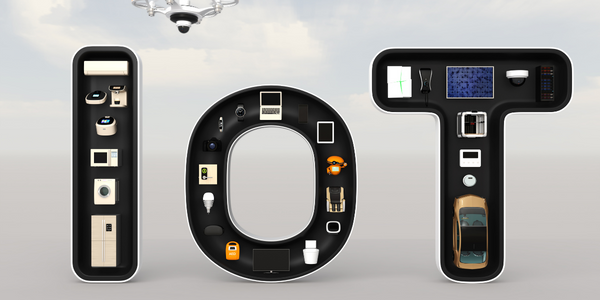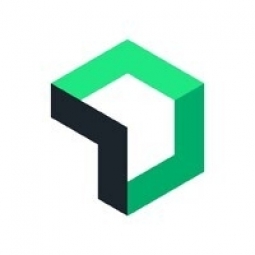Technology Category
- Cybersecurity & Privacy - Identity & Authentication Management
- Sensors - Camera / Video Systems
Applicable Industries
- Cement
- Equipment & Machinery
Applicable Functions
- Product Research & Development
- Quality Assurance
Use Cases
- Demand Planning & Forecasting
- Supply Chain Visibility
Services
- Cloud Planning, Design & Implementation Services
- Testing & Certification
About The Customer
Accedo is a leading video solutions provider that helps customers deliver premium video experiences. The company offers a combination of specialist services and sophisticated products, and has worked with over 400 companies globally to build and grow impactful video services. Accedo operates 16 offices worldwide and employs more than 500 people. Founded in 2004, its clients include global organizations such as HBO, CNN, Deutsche Telekom, Telefónica, Showtime, Tata Sky, and TVNZ. Accedo works with companies at every stage of the video business journey, providing assistance with strategy and conception, delivery, day-to-day management, and post-launch optimization.
The Challenge
Accedo, a global video solutions provider, faced a significant challenge when it began hosting its clients' video applications. The company's newly formed DevOps team struggled with monitoring, managing, and scaling the cloud environment for these applications. The team needed to ensure availability, scalability, and reliability, while also being able to react quickly to customization and adaptation requirements. This required full-stack observability, a capability they initially lacked. The challenge was further compounded by the need to preempt potential bottlenecks and deliver the level of service that their clients expected for their hosted video services. Additionally, Accedo needed a way to gather and analyze customer sentiment data from social media platforms to identify potential issues and inform the development of new features.
The Solution
Accedo chose New Relic for end-to-end observability of its cloud environment. This tool enabled the DevOps team to identify and preempt potential bottlenecks, ensuring the availability, scalability, and reliability of their clients' hosted video services. By centralizing and unifying its telemetry data with New Relic, Accedo was able to retire three tools and eliminate the complexities of managing multiple tools. The DevOps team could now visualize, analyze, and troubleshoot issues quickly, resolving them before they impacted the viewer experience. Additionally, Accedo used New Relic to gather and store comments from social media platforms such as Twitter, Facebook, and app stores. This data was then correlated to identify areas where customers might be experiencing issues, a process that was previously manual and time-consuming. The insights gained from this sentiment analysis were used to help clients design and implement new features for their video applications.
Operational Impact
Quantitative Benefit

Case Study missing?
Start adding your own!
Register with your work email and create a new case study profile for your business.
Related Case Studies.

Case Study
Smart Water Filtration Systems
Before working with Ayla Networks, Ozner was already using cloud connectivity to identify and solve water-filtration system malfunctions as well as to monitor filter cartridges for replacements.But, in June 2015, Ozner executives talked with Ayla about how the company might further improve its water systems with IoT technology. They liked what they heard from Ayla, but the executives needed to be sure that Ayla’s Agile IoT Platform provided the security and reliability Ozner required.

Case Study
IoT enabled Fleet Management with MindSphere
In view of growing competition, Gämmerler had a strong need to remain competitive via process optimization, reliability and gentle handling of printed products, even at highest press speeds. In addition, a digitalization initiative also included developing a key differentiation via data-driven services offers.

Case Study
Predictive Maintenance for Industrial Chillers
For global leaders in the industrial chiller manufacturing, reliability of the entire production process is of the utmost importance. Chillers are refrigeration systems that produce ice water to provide cooling for a process or industrial application. One of those leaders sought a way to respond to asset performance issues, even before they occur. The intelligence to guarantee maximum reliability of cooling devices is embedded (pre-alarming). A pre-alarming phase means that the cooling device still works, but symptoms may appear, telling manufacturers that a failure is likely to occur in the near future. Chillers who are not internet connected at that moment, provide little insight in this pre-alarming phase.

Case Study
Premium Appliance Producer Innovates with Internet of Everything
Sub-Zero faced the largest product launch in the company’s history:It wanted to launch 60 new products as scheduled while simultaneously opening a new “greenfield” production facility, yet still adhering to stringent quality requirements and manage issues from new supply-chain partners. A the same time, it wanted to increase staff productivity time and collaboration while reducing travel and costs.

Case Study
System 800xA at Indian Cement Plants
Chettinad Cement recognized that further efficiencies could be achieved in its cement manufacturing process. It looked to investing in comprehensive operational and control technologies to manage and derive productivity and energy efficiency gains from the assets on Line 2, their second plant in India.

Case Study
Integration of PLC with IoT for Bosch Rexroth
The application arises from the need to monitor and anticipate the problems of one or more machines managed by a PLC. These problems, often resulting from the accumulation over time of small discrepancies, require, when they occur, ex post technical operations maintenance.







